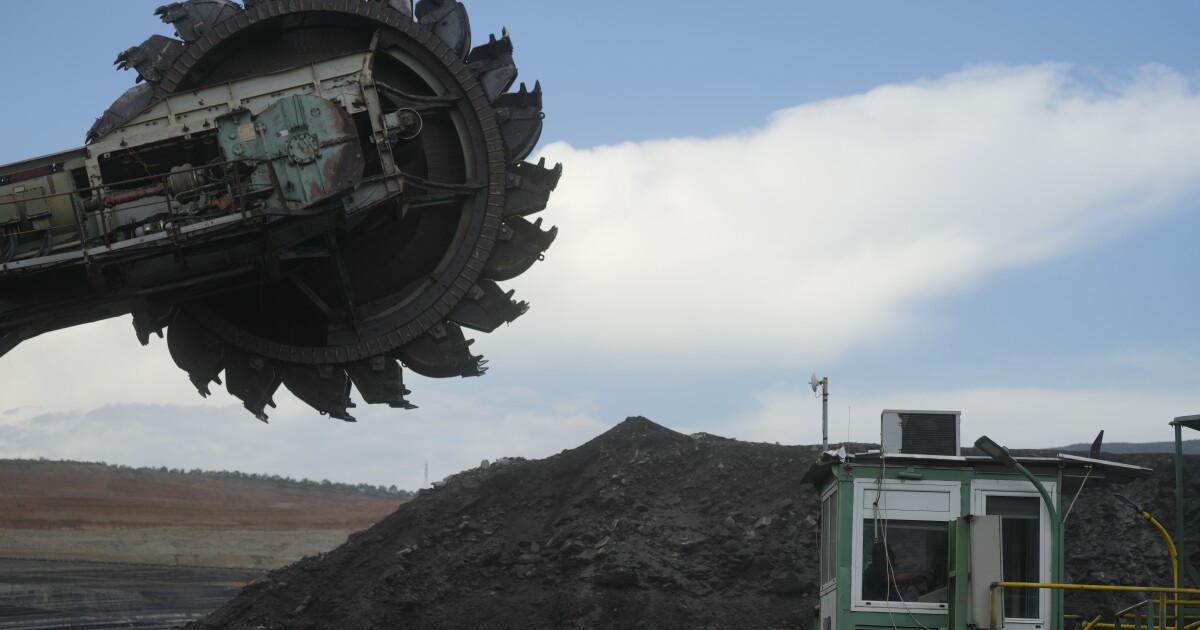

Domestic coal prices have shot to record territory as the global energy crisis and the European Union’s impending Russian coal ban drive European power customers to seek out imports from the United States.
European countries contending with significantly pricier natural gas are staring down a shortage of gas supplies this winter, leading them to switch back to more of the carbon-intensive fuel they’ve been aggressively phasing out. And since Europe’s top source of coal imports in Russia will soon be off the table after the Russian coal embargo takes effect in August, countries have been buying more coal on the U.S. spot market, sending the value of U.S. coal through the roof.
UNUSUAL COALITION AIMS TO TURN BIDEN AGAINST LNG EXPORTS
Exports to Europe of thermal coal, which is used specifically for generating electricity, were up about 142% in May of this year compared to May 2021, according to data aggregated by the National Mining Association. Year-to-date, U.S. exports to Europe are up some 115%.
Spot prices for thermal coal have grown in concert, with coals mined in Illinois and Appalachia seeing their value grow the most because they are logistically easier to access than coal produced in the Western U.S.
Central Appalachia coal has doubled in price since the beginning of the year, rising from near $87 per short ton to $168 through the week ending July 1.
Spot prices for northern Appalachia coal have nearly doubled over the same period too, and Illinois Basin coal is up nearly 120%.
Michelle Bloodworth, the president of coal industry group America’s Power, honed in on the hot natural gas market and the Russian coal embargo as responsible for the rise in prices, which is affecting other markets, including leading coal producer Australia.
“This increased demand has lifted world thermal coal prices to record high levels and caused world power customers to increase purchases of Eastern U.S. thermal coal for exports,” Bloodworth told the Washington Examiner.
High natural gas prices in the U.S. have also increased demand for coal for power generation domestically, Bloodworth said, although America’s Power said in a recent blog post that American utilities aren’t to blame for rising spot prices because they overwhelmingly source their coal supplies via long-term contracts rather than the spot market.
CLICK HERE TO READ MORE FROM THE WASHINGTON EXAMINER
Europe’s hunger for coal grew even more intense in June after leading Russian energy company Gazprom announced massive cuts to gas flows to continental Europe.
A number of European countries have since declared emergency conditions and taken actions, including planning for more coal-fired power generation, in order to save gas, on which most European homes are reliant for heating.





